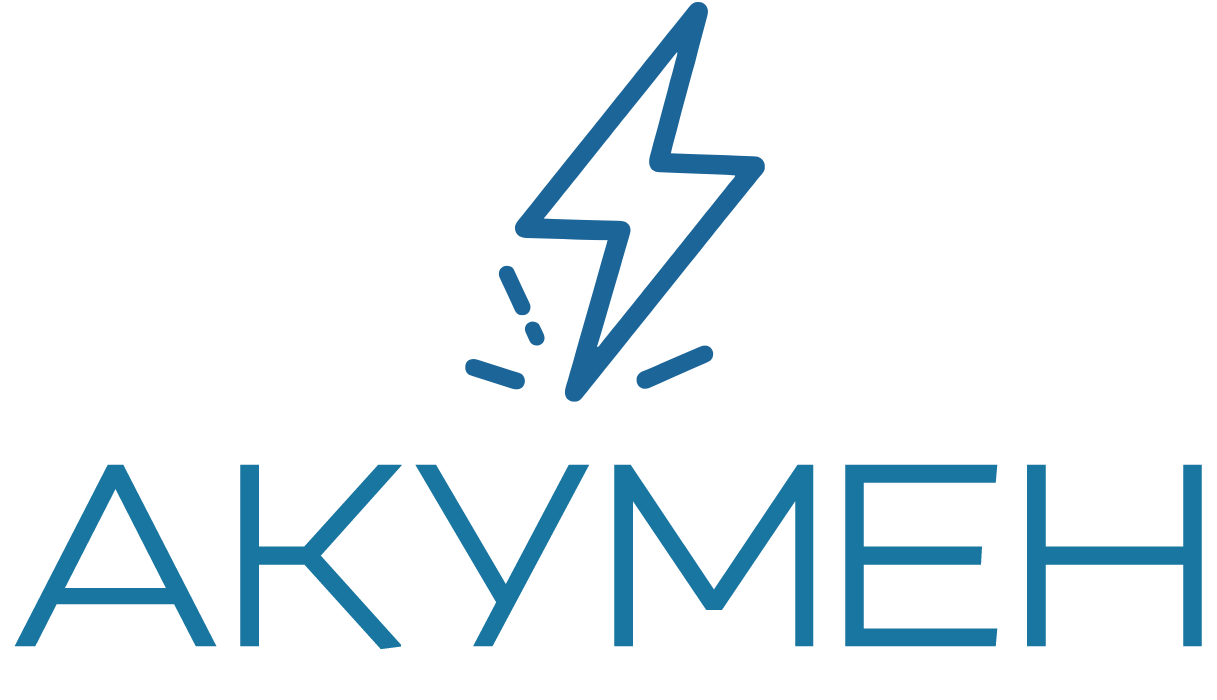In 2025, there will be a significant development of electricity storage facilities, in particular, an increase in the use of battery storage systems and their integration into smart grids. Hydrogen energy is also becoming an important component of the transition to a low-carbon economy, and digitalization and integration of renewable energy sources continue to gain momentum.
Here’s a closer look at the trends:
– Development of battery storage systems:
Batteries are playing an increasingly important role in stabilizing power grids, especially when combined with renewables. In the United States, for example, it is planned to add a significant amount of energy storage capacity in the form of batteries in 2025.
– Integration into smart grids:
Energy storage is closely linked to digital technologies and smart grids, which allow for optimized electricity distribution and the integration of more renewable sources.
– Hydrogen energy:
Hydrogen is seen as a key element in the transition to a low-carbon economy. It can be used to store large amounts of energy and as a fuel for various industries, including transportation.
– Growth of solar power and its integration with energy storage:
Solar power continues to grow, and the integration of solar power plants with energy storage systems is essential to ensure grid stability.
– Regulation and support for development:
Governments and regulators play an important role in supporting the development of energy storage technologies through financial incentives and creating a favorable environment for investment.
In general, 2025 is characterized by a transition to a more resilient and flexible energy system, where energy storage plays a key role in ensuring a stable supply of electricity, especially with the use of renewable sources.
